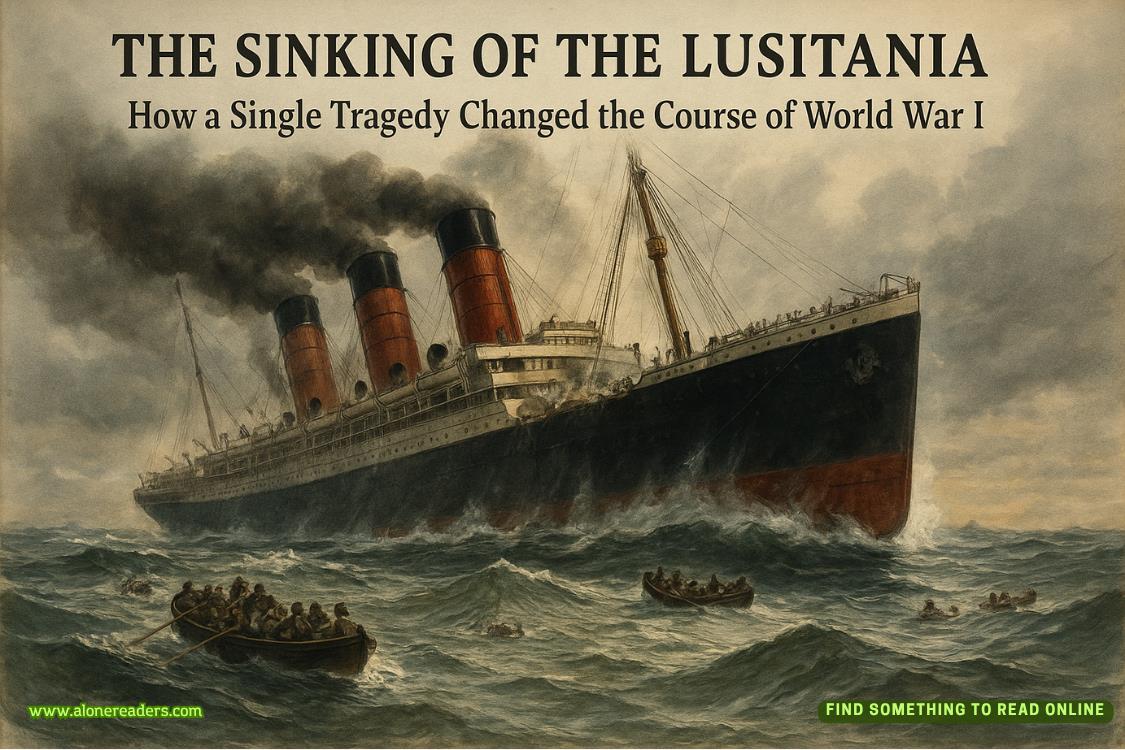Page 47 of Gone Before Goodbye
“It’s a patented biocompatible polyethylene.”
Maggie nods. That’s a common and proven material for implanted medical devices. Trace and Marc had done their work with that too. “And it’s a full nose scaffold?”
“Yes.”
“And you know I’ve never done that procedure before, right?”
“Truth?” Ivan leans in conspiratorially with the same grin. “I’m not sure anyone has. Do you think that’s a problem?”
She looks at the chart, considers the procedure, visualizes herself doing it. Her pulse picks up pace. She can’t help feeling excited at the prospect. “Not really, no.”
“It’s why we picked you.”
“Pardon?”
He settles back. “We didn’t think it would be an issue for you.”
“Who is ‘we’?”
“Doctor Barlow, mostly. He says you’re a bit of a risk-taker.” Ivan quickly waves both hands in front of his face as though clearing away his own words. “No, no, not like that. He meant like a maverick. You understand the best way to improve medical care is to push boundaries, no?”
When she doesn’t reply, he adds, “Anyway, Doctor Barlow thought you’d relish this challenge.”
The truth is, Dr. Barlow was correct. Maggie had read tons over the years on building and creating custom implants via AI and 3D printing—Marc and Trace had been working on something similar with the THUMPR7—but the technology still felt like years in the future. A nose scaffold is not a heart or a liver—but it’s a pretty exciting step.
You have to walk before you can run.
“In most ways,” Ivan continues, “it works like any other facial implant.”
“Except,” Maggie says, studying the images, “it will more radically change the way Oleg’s nose appears.”
“Yes.”
“Most people want a smaller nose.”
“Oleg Ragoravich does not. Click Photo B.”
She does. The image—grainy black-and-white again, which is strange—is of a nose that would politely be called “prominent.” The vast majority of people go through plastic surgery to improve theiraesthetics. This is fairly obvious. Some want to look like a favorite celebrity, but between this new nose, the chin implant, and the eye work via the blepharoplasty, Oleg Ragoravich clearly did not want that.
He wants to look like someone else.
Or at least, not like himself.
“We figure the three procedures should take you between three and four hours,” Ivan continues. “Would you agree?”
She would. Probably three, but it pays to have extra time with the nose scaffold. She’d want to inject some fat and stem cells into the area, just to make sure the device wasn’t rejected.
“Which brings us to Nadia,” he says, tapping the screen. “Assuming we begin Mr. Ragoravich’s procedures promptly at ten a.m., we will have Nadia prepped and ready for a two p.m. start. Does that work for you?”
“It does. I assume we are using silicone for the breast augmentation?”
He nods. “We can choose either round three hundred ccs, three fifty ccs, or four hundred cc implants, all on standby.”
The four hundreds would be too big, but keeping three sizes ready for an operation was standard. Silicone was back in—saline was out. In the nineties, there were headlines about silicone leaks causing cancer and lupus, but after extensive studies, they found no link between silicone breast implants and an increased risk of breast cancer.
“What kind of incision are you going with?” Ivan asks her.
“I prefer the inframammary,” she says. “Assuming that’s okay with Nadia.”















